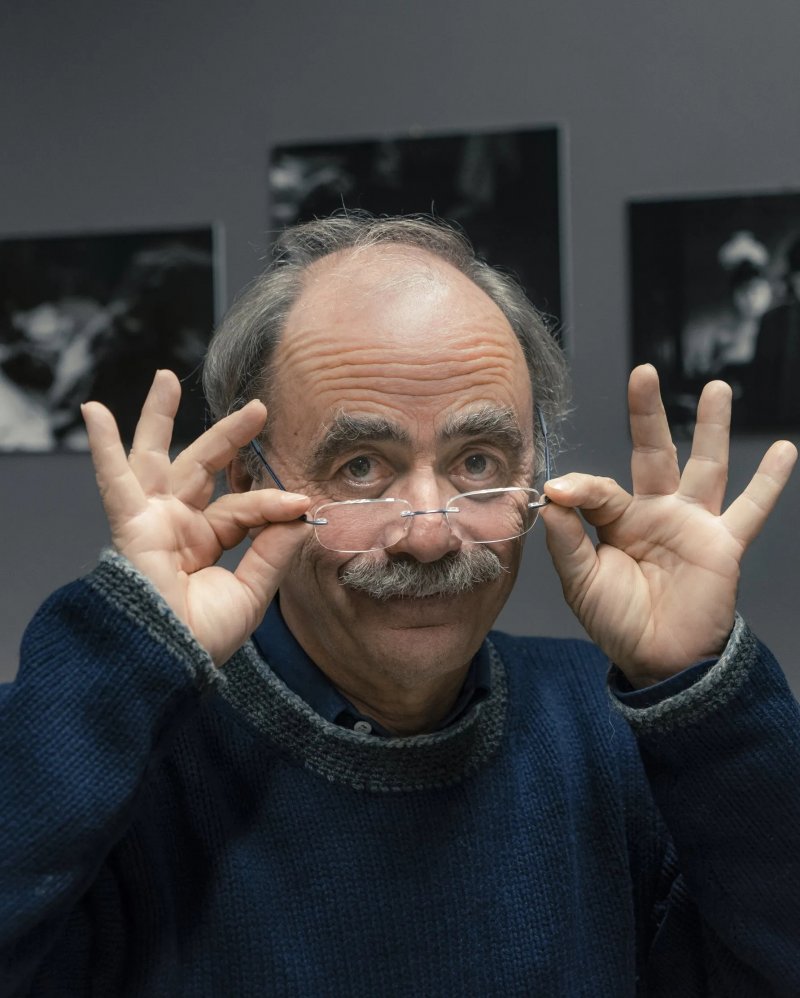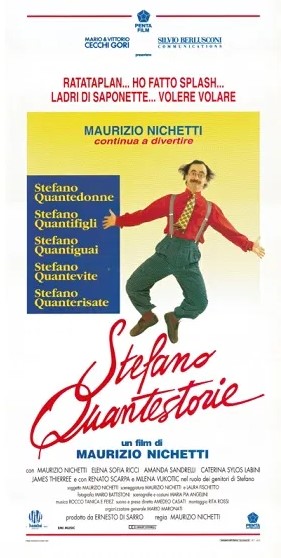Communication in the video game environment has often traditionally been associated with cinematic narrative. On the other hand, when the video game has to share the same television screen,desire to imitate cinema or at least, to use the already coded language. As early as 1982, Coleco spent a million dollars (the equivalent of three million euros now) to make a game based on the WarGames movie – which was later released for Atari – before it even hit theaters. Forty years later, there are videos on YouTube that track down an entire video game, do away with the interactive sequences, and turn it into a real movie. Such videos for titles such as Life is Strange and The Last of Us also reach millions of views.
However, the communication influenced by the cinema does not only end with the game, it has also affected television advertisements in the past. Companies like Atari first, then Nintendo and Sega have invested generously in the production of high-profile commercials, although we find it hard to describe – for the most part – cinematic. In Italy, for a decidedly smaller market like ours, such investments have rarely been seen. Either because of the aforementioned problems with mixing toys and video games, or because large investments were never made in toy advertising. Advertisers of the era, such as Giuliano Doccioli (formerly Diaphragm and Leader), have an almost inferior recollection of the advertising industry for children. “All of my colleagues wanted to work on adult commercials because they aired in prime time, while the ones for kids stuck to TV dedicated to the latter, and therefore afternoons,” Doccioli recalls.
Super Nintendo: a super promotion with a super spot

GiG, along with Nintendo, became the first toy distributor to change the pace in video game marketing and no longer promote it as a simple product for kids. Before distributing the Japanese company’s products, GiG used a Florentine advertising studio with lower budgets and demands. In fact, the Super Nintendo was the first console to dedicate entire newspaper advertising pages. Instead, it was decided not to spare any expense to relaunch the Game Boy portable console market, which Mattel hadn’t been very interested in before. Behind the camera, was the creative agency responsible for Bruno Bozzetto’s production studio, Armando Testa? A well-known name in the film industry: Maurizio Nichetti.
The Milanese director and actor was not new to the world of advertising, remembering how he had worked in the industry for two decades, “Since 1971, first as a screenwriter, then as a director, from 1987 to 2002 I shot something like 150 different commercials.” Nichetti remembers how GiG they had very serious intentions: it would be the first place where children would need a large financial investment.
The director continues by reminding that Bruno Bozzetto offered him the directorship because it is a project that already looks complicated on paper. “Making movies was my specialty”special effects“, which can make you smile today, but in 1993 no one knew how to handle it. In Bozzetto, it all comes from cartoons, we had a special comfort in what is now called combining scenes, and back then, in animation for us, it’s just working on different layers of images it meant, ”explains the director.
What was complicated in the vision of the Florentine toy company? The director explains the script: “A group of teenagers entered a transparent exterior elevator and climbed to the roof of a skyscraper floor by floor. Each floor passed through a video game: Super Mario, seabed, spaceships. At thirty seconds, the storyboard consisted of 43 shots, and in each of them we had to “create” a life-like image of the children in the elevator as parts of the skyscraper flowed, as the various game worlds were “compared”, which at once had to be recognized and appreciated by the children. I admit, I was worried! “In short, GiG had a futuristic idea that the Bozzetto studio agreed with, but the production definitely had high costs.
Dividing Spot Game Boy

Despite the capabilities involved, the final result does not satisfy the customer. Nintendo’s former marketing director at GiG actually remembers it as a ‘.unsatisfactory experience for the company. This is echoed by some former Armando Testa employees, who, despite generous investment and expectations, confirm many discussions and little satisfaction with the Game Boy commercial. What happened? Nichetti tries to explain, “Actually, after editing, I was confused too. Everything seemed so fast and dynamic, uncertain. I called the editor of my feature films for an opinion, and in the end he had to see it too. The director was nearby, who suggested some passages, four times to understand,” says Nichetti. In short, the final product looked a little confusing.
But the goal seems to have been met, confirms Nichetti, who shares an anecdote: an experiment with his two children, 8 and 4 years old. One evening, after the commercial aired on television, Nichetti pressured his children, who had their backs to the television, to learn more about the plot and what had happened in those thirty seconds. The children demonstrated a good understanding of the purpose of the ad and the transition of video games with the elevator / Game Boy. “Needless to say, I eventually had to buy him a console! So two kids had a more precise image-decoding speed than a director, an editor, and a marketing director! The active involvement a video game requires, rather than being passively in front of a movie “director.

In short, despite GiG’s displeasure that it will not repeat such investments, Maurizio remembers it with pleasure. “One for meexciting experience I’ve always referred to it as the beginning of a change in public acclaim that, ten years later, resulted in the craze of some cartoons or certain virtual reality destined for audiences of a new millennium. “Something strange was going on, kids who were addicted to early video games had a much more reactive image perception than an adult, even those of us who work in advertising were used to the oversynthesis.”
Nichetti and Olivetti: a perfect match

It wasn’t the only flirtation between the director and the multimedia world, though, as between 1994 and 1995 Nichetti was the reference for a series of personal computers. Olivetti. Maurizio recalls how the Ivrea company specifically requested this: “Technologically, I was a veteran of original films, an innovator for the time, representing the link between the ‘young’ and the official world of cinema.” Nichetti talks about accepting this new digital and interactive world out of curiosity, about which he wants to learn more. “I was always curious, never very technological, in what I do I always felt more like a craftsman than a coordinator of virtual technologies that would make me dependent on the professionalism of others.”
Then Nichetti got involved in a multimedia experience to turn his movie Stefano Quante Storie into a kind of crossroads story released on CD-Rom. “The film, which includes the six intertwined lives of the protagonist, lends itself perfectly to the experiment. Everything has already been shot and written, the CD allowed you to follow a personalized path, choosing a different path at each intersection: marry or not, teach or enter. gendarmerie”. Somehow the experience predicted what we would find on DVDs years later. Nichetti remembers that the advancement of time had no commercial benefit: “It was really ahead, it was too much for the time. The interactive CD was not a mass product and came out two years later. [nel 2000 ndr] would be replaced and deleted from the DVD. In fact, I made an interactive DVD by Stefano Quantestorie in 2005, after the reference for the DVD reboot of Italian cinema for the blockbuster. By now, even that support has become obsolete, the Blockbuster chain of stores has shut down worldwide, and Netflix announced a few offers for “interactive” products last year in big news.”

But before I bid farewell to Maurizio Nichetti, one last wonder remains… Is he a passionate actor? “Not much to tell the truth, but in the nineties I was passionate about Myst, he was my favorite! I even found him comforting, away from the alarming adrenaline of fights and monsters that I dislike. But I was wasting too much time and didn’t want to set a bad example at home..”
Source: Multiplayer

